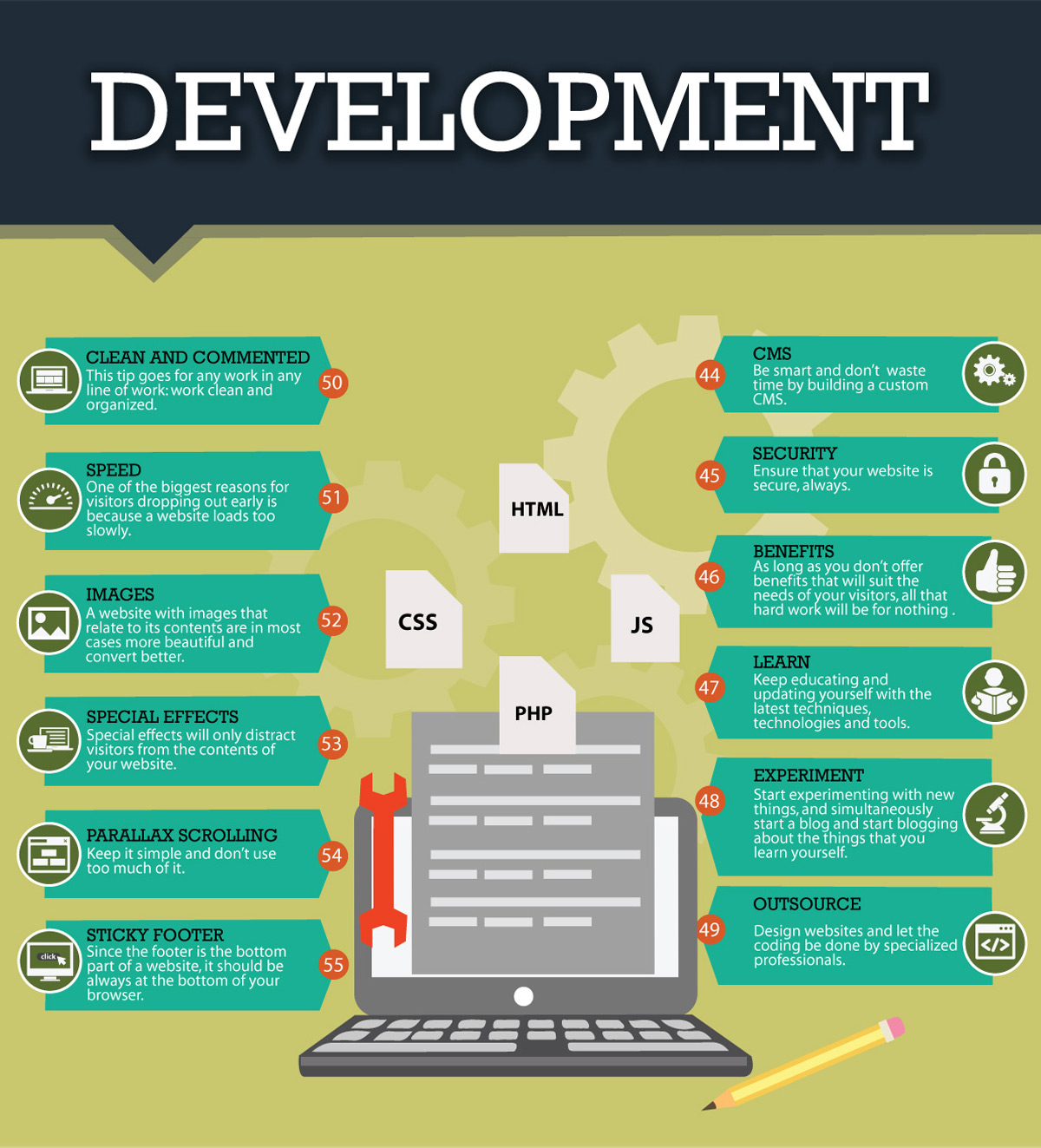Grasping The Art Of Web Design: Advice For Crafting A User-Friendly Website
Grasping The Art Of Web Design: Advice For Crafting A User-Friendly Website
Blog Article
Web Content By-Newman Desai
Master the art of web design by concentrating on user experience. Craft instinctive navigating and select mobile optimization to improve the searching experience. Ensure very easy navigation with clear headings and enticing visuals. Prioritize mobile responsiveness for a regular customer experience. By integrating these important style concepts, you can create an easy to use internet site that mesmerizes visitors.
Vital Layout Principles
When designing a website, focus on customer experience most of all else. Your primary objective ought to be to produce a smooth and satisfying experience for your site visitors. Begin by making accessibe ada that your site is very easy to browse. Use clear headings, arranged food selections, and instinctive buttons to guide users with your web content easily. Bear in mind, simpleness is key. Prevent littering your pages with unnecessary aspects that can overwhelm or perplex your target market.
Another necessary layout concept is to make certain your site is visually enticing. Pick a cohesive color scheme, high-quality images, and understandable font styles to boost the total appearance of your website. Consistency is crucial in developing a solid brand name identity and making your web site much more unforgettable to customers.
Additionally, focus on mobile responsiveness. With more individuals searching the web on their smart devices and tablet computers, it's essential that your internet site looks and works well on all tools. Check your website on various screen dimensions to guarantee a seamless experience for all users. By focusing on these important layout concepts, you can create an easy to use site that keeps site visitors returning for more.
User-Focused Navigating
To boost individual involvement and simplify their browsing experience, prioritize developing instinctive navigating paths that guide site visitors seamlessly with your site. Clear and well-organized navigation is vital for helping customers find the info they require rapidly and effectively. Start by keeping your menu framework easy and easy to understand. Usage detailed labels that clearly indicate what web content can be located under each menu option. Furthermore, think about applying dropdown food selections for subcategories to stop overcrowding the major navigation bar.
An additional key facet of user-focused navigating is making use of breadcrumbs. Breadcrumbs are an additional navigating aid that reveals customers their current place on the internet site and permits them to quickly navigate back to previous web pages. This function is specifically useful for users who enter your site through a deep link or a search engine outcome.
Additionally, integrating search functionality prominently on your website can better improve user navigation. A search bar permits users to rapidly discover certain material without having to click with numerous web pages. Make sure that your search bar is quickly noticeable and easily accessible on every web page of your site for maximum functionality. By prioritizing user-focused navigation methods, you can develop an extra user-friendly and pleasurable searching experience for your site visitors.
Mobile Optimization Techniques
Take into consideration optimizing your web site for smart phones to make sure a smooth user experience across different screen dimensions. Mobile optimization is important in today's digital landscape where a considerable portion of web browsing happens on smart devices and tablets.
To enhance mobile usability, start by carrying out receptive layout techniques. This method allows your web site to adapt to various display dimensions, preserving capability and appearances.
Concentrate on enhancing packing times for mobile individuals. Slow-loading internet sites can deter visitors and effect your search engine rankings. Press images, reduce HTTP demands, and leverage browser caching to boost loading rate. Additionally, search engine optimization ranking on content pecking order for mobile screens. Ensure that necessary information is plainly shown, and navigating is user-friendly, promoting very easy accessibility to vital sections.
Utilize touch-friendly components such as larger switches and streamlined types to facilitate interaction on smart phones. Conduct mobile responsive website across various mobile platforms to recognize and fix any kind of usability problems.
Conclusion
To conclude, mastering the art of website design is critical for developing an user-friendly website. By incorporating crucial design principles, user-focused navigating, and mobile optimization methods, you can guarantee a seamless and enjoyable experience for your site visitors.
For instance, a local bakery saw a 30% increase in online orders after overhauling their website to be much more straightforward and mobile-responsive. Keep in mind, a well-designed site can make all the difference in bring in and preserving customers.
